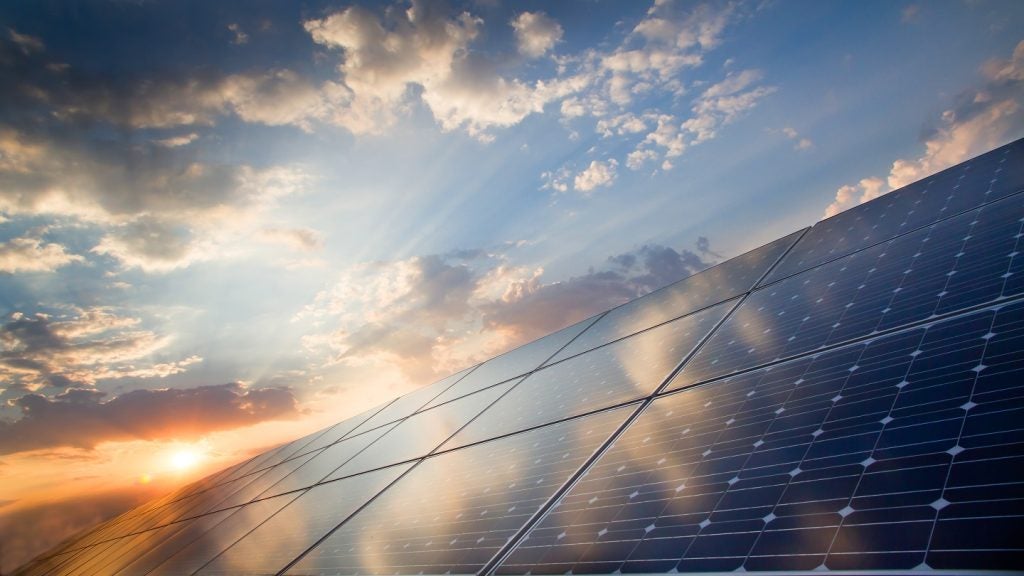Solar energy made up nearly 80% of new capacity in the US in May, according to a new report published by the US Federal Energy Regulatory Commission (FERC).
Throughout the month, 3,189MW of new generating capacity was installed in the US, with solar making up 78.9% (2,517MW) of this. Wind power made up 277MW, hydropower 211MW and natural gas 184MW.
Solar has led the way in the North American country so far this year, as it is responsible for 74% (10,669MW) of the total 14,435MW of capacity added in 2024. In the same timeframe, 2,095MW of wind has been added, 1,100MW of nuclear and 348MW of natural gas.
The FERC expects solar power to play an increasingly important role on the US grid, forecasting 90GW of solar additions from June 2024 to May 2027. Comparatively, it expects 24GW of wind, 14GW of natural gas and less than 1GW of other technologies to be added during this time frame.
Solar now makes up nearly 9% of the US’s total energy generation capacity. Natural gas still leads by far, making up 43%, followed by coal making up 16% and wind 12%.
Solar’s growth has recently been notable worldwide. The International Energy Agency reported 50% growth – the fastest growth in two decades – in renewable capacity to 510GW in 2023, with solar accounting for three-quarters of this growth.
According to GlobaData, Power Technology’s parent company, global solar capacity increased by 371.7GW in 2023 and is expected to reach 7,510.6GW by 2035. The US had the second-largest annual capacity addition with 31.1GW, coming in after China, which added 216.5GW.
China was also the leader in terms of cumulative capacity, with 609.5GW of cumulative capacity as of 2023. The US had the second-largest total installed solar PV capacity after China with 172.5GW, followed by Japan, India, and Germany with 91.6GW, 84.8GW and 81.7GW of cumulative capacity, respectively, in 2023.









